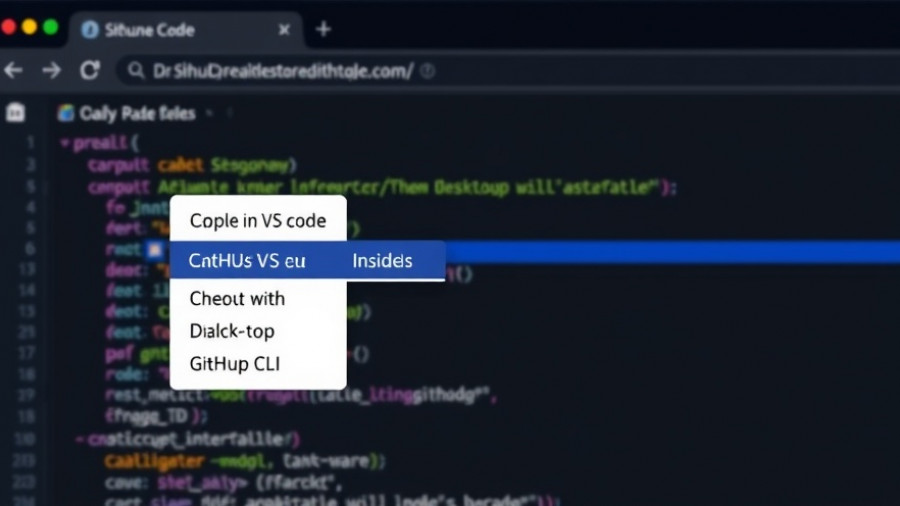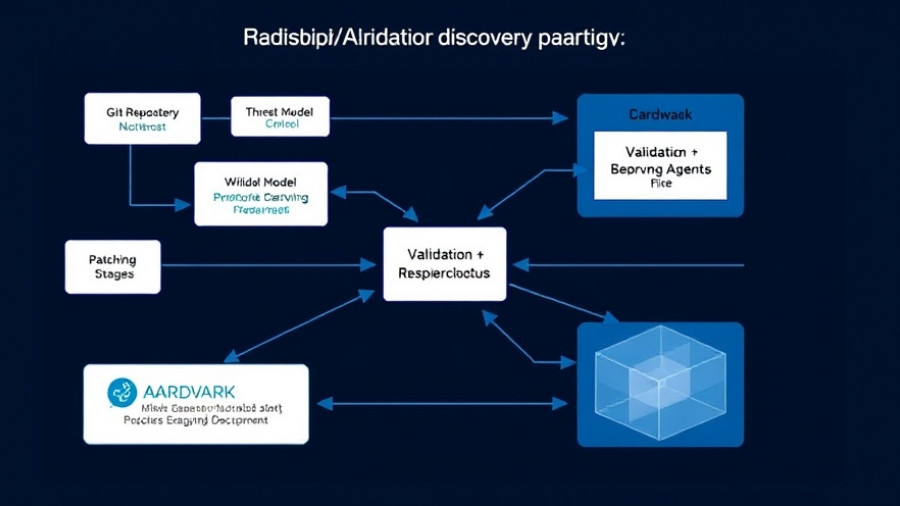
Understanding Trust in AI Agents: A New Paradigm
In a world increasingly dominated by artificial intelligence, the role of AI agents is more crucial than ever. The emergence of agentic AI — systems designed to operate autonomously while being deeply observed and assessed by users — dictates a fresh take on the trust dynamic between humans and machines. This new paradigm in AI technology not only leverages transparency but also reinforces the notion that an agent can be trusted if it is observable. This article will delve into the implications of this evolving relationship, the functionality of AI agents, and how they can fundamentally impact society.
What Are AI Agents and Why Are They Important?
At their core, AI agents are sophisticated programs capable of autonomous decision-making. They can perform tasks ranging from mundane chores, such as scheduling meetings and organizing files, to complex operations like driving cars and managing investment portfolios. As AI continues to evolve, so too does the necessity to understand how these entities interact with us. With this understanding, we can measure their efficacy based not just on performance but on the trustworthiness derived from the transparent display of their actions.
Observability as a Foundation of Trust
The principle that “an agent you can observe is an agent you can trust” underscores the necessity of transparency in AI systems. If users can see how an AI arrives at its conclusions or recommendations, it helps establish credibility and enhances user confidence. This is vital as more individuals rely on AI in daily life, from personal productivity tools to financial advisors.
The Rise of Agentic AI: A Look at Current Trends
The rise of agentic AI is leading to a paradigm shift in how we interact with technology. Agentic AI offers unique opportunities for various sectors by automating processes while providing clear analytical feedback. For instance, platforms like OpenAI's Codex and Nvidia's DeepSeek highlight a movement toward creating AI systems that can interpret user input and adapt accordingly, making decisions in real-time based on observable data.
Challenges Surrounding Trust in AI Agents
Despite the clear advantages of observability, challenges loom large. Data privacy concerns, potential biases in decision-making, and the black-box nature of some AI systems create barriers to complete trust. Users must evaluate not only the observable actions of AI agents but also the underlying algorithms that inform these actions. Balancing the need for transparency with protecting sensitive data is critical.
Future Predictions: What Lies Ahead for AI Agents?
Looking towards the future, advancements in agentic AI are expected to grow. As developments continue in machine learning and computational efficiencies, we will see AI agents take on increasingly complex roles. Looking ahead, these systems will not only perform tasks but also collaborate with humans in deeply integrated ways. By enhancing their observability, developers can create an ethos of trust that encourages broader adoption of AI technologies across various sectors.
Practical Tips: Building Trust in AI
For organizations and individuals looking to integrate AI agents into their workflows, a few practical strategies can help build trust:
- Ensure Transparency: Invest in AI systems that provide clear explanations of their decision-making processes.
- Focus on Ethics: Implement strong ethical guidelines to govern AI behavior and usage.
- Engage with User Feedback: Facilitate channels for continuous user feedback to improve AI interfaces and functionalities.
Conclusion: Navigating the Intersection of Trust and Technology
In the age of AI, understanding the importance of observability and trust is paramount. As AI agents become increasingly embedded in our daily lives, having frameworks that ensure transparency will play a vital role in building a mutually beneficial relationship between humans and these sophisticated systems. Engaging with the evolution of these technologies while advocating for ethical standards will help shape a future filled with trust, security, and innovation in AI.
 Add Row
Add Row  Add
Add 




Write A Comment